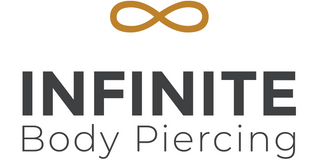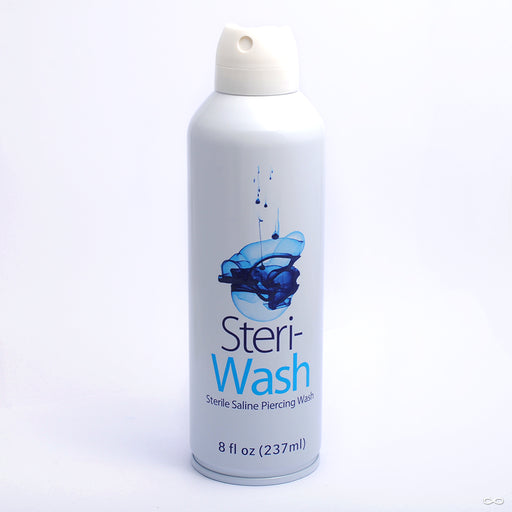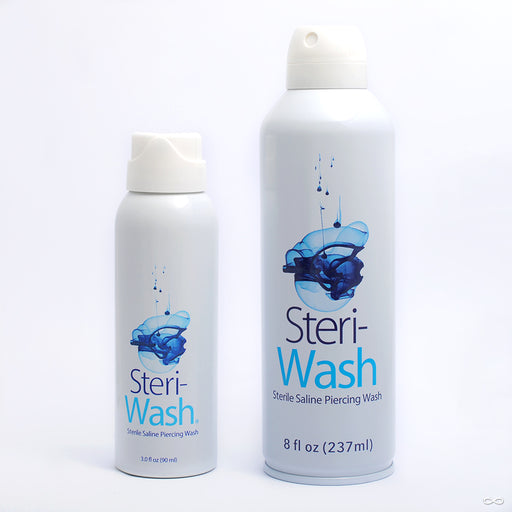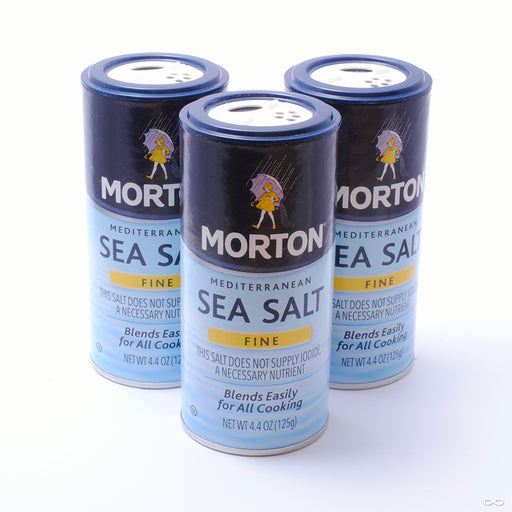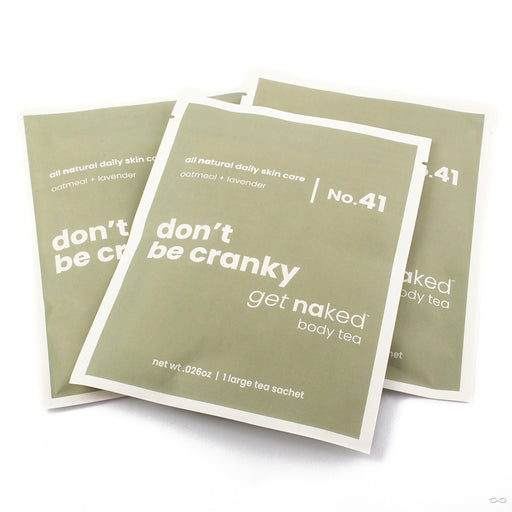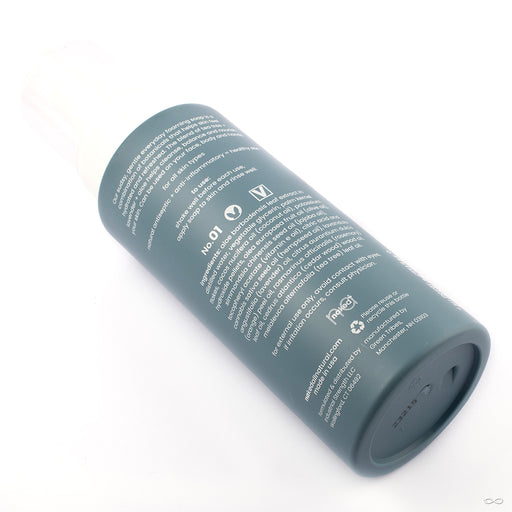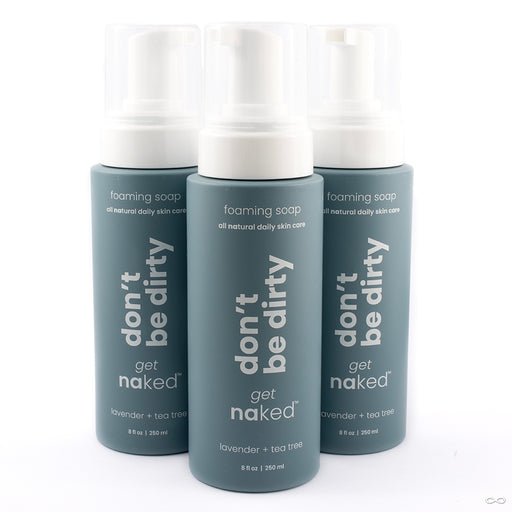Aftercare for genital piercings is the same basic care as for most other piercings. These piercings are among the easiest and quickest to heal, so care is often minimal. Simply follow the instructions under Basic Piercing Care, and read below for special considerations when taking care of genital piercings.
Use Sterile Saline and/or Plain Water Rinses
Like other piercings, irrigation is the key to keeping your piercing clean, and a regimen of sterile saline and plain water rinses is usually ideal. Stay away from anything too harsh, especially with vulva piercings, as it can upset the natural balance of flora—even contributing to a yeast infection. Soap-based aftercare can be especially irritating to piercings through the urethra, so stick with gentle saline or water rinses.
For piercing around or through the urethra can sting the first time urinating. To help with this, irrigate the piercing when urinating the first few times. Drink plenty of water too. This is especially helpful with both Prince Albert and Princess Albertina piercings, in addition to ampallang and apadravya piercings.
Stay Fluid-Safe
Sexual activity is not prohibited during the healing period, but if you do have sex during this time (including masturbation) be gentle and pay attention to any discomfort. If it hurts, you may need to slow down or stop.
Use barriers to protect your new piercings during any sexual activity during healing, even with monogamous partners. This means condoms over penis piercings and similar protection (dental dams, etc.) over vulva piercings. (Be aware that products with spermicide can be irritating to fresh piercings.) Unprotected oral sex should especially be avoided during the healing period, as this is one of the fastest ways to get an infection.
Be Prepared for Bleeding and/or Bruising
Bleeding is common in the first twenty-four hours, and don’t be surprised by spotty bleeding anytime within the first week after the piercing. With Prince Alberts, reverse PAs, ampallangs, and apadravya piercings, expect significant bleeding for the first one to three days; keep these piercings wrapped in gauze for the first several days, and put a rubber glove over the gauze wrap the first night. For vulva piercings, use a pad for the first night, and longer if necessary. Some discoloration from bruising is also common with genital piercings.
Use Warm Salt-Water Soaks As Needed
Sea-salt soaks can help to soothe irritated genital piercings, especially angry piercings after sex. Make a soaking solution by mixing sea salt and distilled water. Use pure sea salt (non-iodized) and not table salt, which often contains extra chemicals that can irritate your piercing and dextrose (sugar) that can cause yeast infections. When buying salt, read the label: it should contain only salt (sodium chloride) and possibly an anti-caking agent (often calcium phosphate, calcium silicate, or prussiate of soda). Stay away from salts with extra ingredients or minerals (such as pink Himalayan salt), and do not use Epsom salts as it is a completely different chemical compound.
Make sure your salt-to-water ratio is correct; a stronger or weaker solution is not better and may actually harm your piercing. Mix according to the table below (using measuring spoons and cups for accuracy). The solution should be warm, but not too hot. Soak for five to ten minutes or until the water cools.
For penis piercings, it’s easiest to mix the salt solution in a measuring cup, heat until warm in the microwave, and submerge the shaft for a good soak. For vulva and scrotum piercings, mix enough solution to fill a large bowl (such as a mixing bowl or popcorn-serving bowl) and create a warm-water sitz bath. If you soak in a bathtub, make sure your tub is clean first!
|
SEA SALT |
WATER |
|
1/4 Teaspoon |
1 Cup (8 oz.) |
|
1 Teaspoon |
1 Quart (32 oz.) |
|
4 Teaspoons |
1 Gallon |
